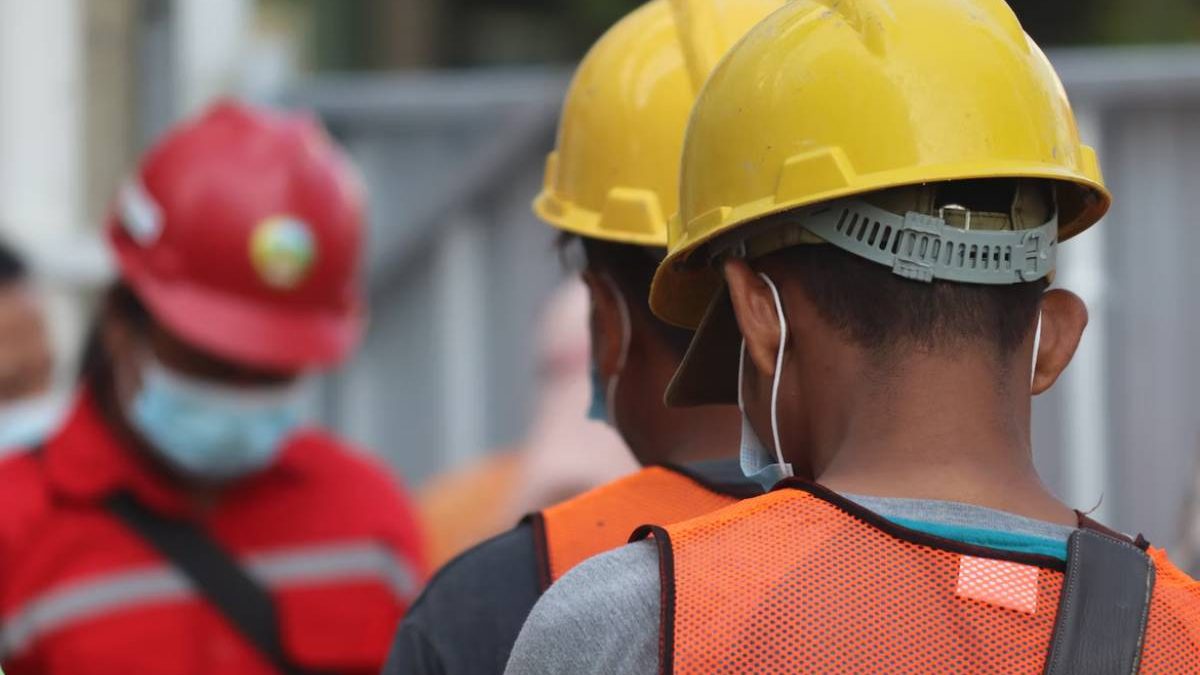Make Company Safety a Priority With These 7 Tips – During the pandemic, most people found themselves out a job, furloughed, or working from home. Now that the world is opening back up, companies are looking to rework safety policies.
In 2015, companies in the United States collectively spent around $60 billion in disability and injury costs. To help reduce costs as your employees return to work, here are 7 ways to ensure safety.
Table of Contents
1. Proper Safety Gear and Equipment
If you want your employees to be efficient while remaining safe, they need to have the necessary tools and resources at their disposal. For instance, the use of height safety gear and equipment can protect your employees while working in potentially dangerous environments.
All equipment should be regularly cleaned, inspected, serviced, and upgraded as needed. Old equipment can be a hazard to your employees, putting your entire company at risk.
2. Provide Proper Training
Your employees might have a general idea of safety, but for them to be able to abide by your safety policy, they need to know what it entails.
Manufacturing companies, for instance, are in an industry that has the highest rate of burn injuries. Those who are exposed to electricity or work as a first responders are most at risk. Proper training can help to avoid potential injuries in the future.
Certain types of industries also require proper safety certifications. Make sure all of your employees have access to these and have completed them successfully before starting their jobs.
3. Incentive Programs
Incentive programs are a great way to boost company morale while encouraging safety within the workplace. It can easily reduce the number of workplace injuries because employees will feel encouraged when they’ve followed protocol.
Rewards for safety could be an extra day off work or receiving a gift card. You can host raffles or even offer to make a charitable donation on the winner’s behalf.
4. Have the Appropriate Signage
All businesses are required to have some type of signage to address workplace safety along with information about worker’s compensation. Aside from what is mandatory, you can offer additional labels and signs to act as a friendly reminder to your employees.
Place signs in the bathrooms about the appropriate way to wash their hands. Apply signs around warehouses to note any potential hazards, along with proper procedures on how to handle certain equipment. The more it’s in their face, the less likely they’ll be to get injured.
5. Hire a Professional Cleaning Company
Amidst COVID-19, it’s more important than ever to maintain a clean and sterile environment for your teams. Hire a professional cleaning company to come into the office at least once a week.
Aside from regular cleaning, you also will want to ensure that the area is clutter-free. It’s hazardous to have tools, equipment, and excessive cords on the floor.
6. Encourage Regular Breaks and Time Off
Employee safety doesn’t just include the work environment. It also entails the mental safety and physical health of your employees. Taking regular breaks throughout the day to take a walk or step away from the screen can help to alleviate muscle and joint pain from being stagnant behind a computer all day.
Many people also try to save their paid time off (PTO). However, in the United States, around 55% of people didn’t use their PTO in 2021. This can lead to burnout and other mental health issues.
Encourage your employees to take their vacation time. They’ll be more productive after they’ve had the necessary time to rest and come back to work rejuvenated.
7. Check-In Regularly With Your Employees
You may have an open-door policy, that doesn’t mean your employees will use it. As a manager or business owner, it’s your job to have regular check-ins with your team.
Keep an open line of communication and ask for feedback about company safety. It’s a great way to learn about what’s working. This way, you can address the issues and make any improvements towards workplace safety that are necessary to benefit your employees.

